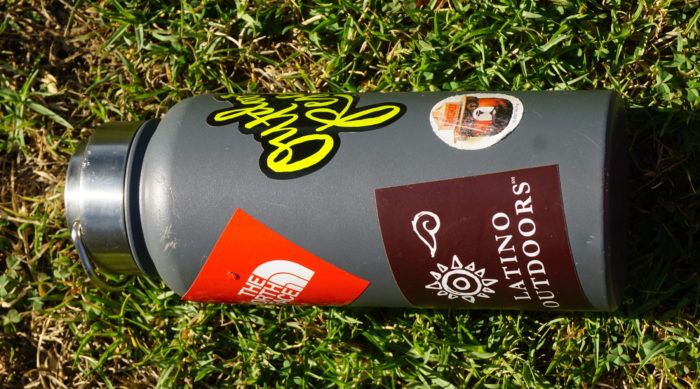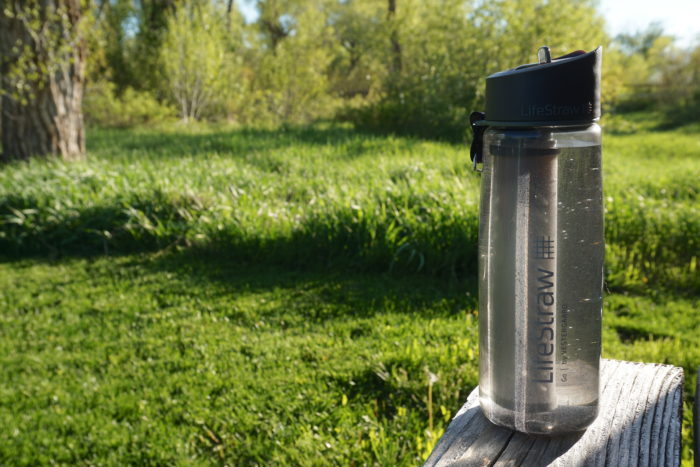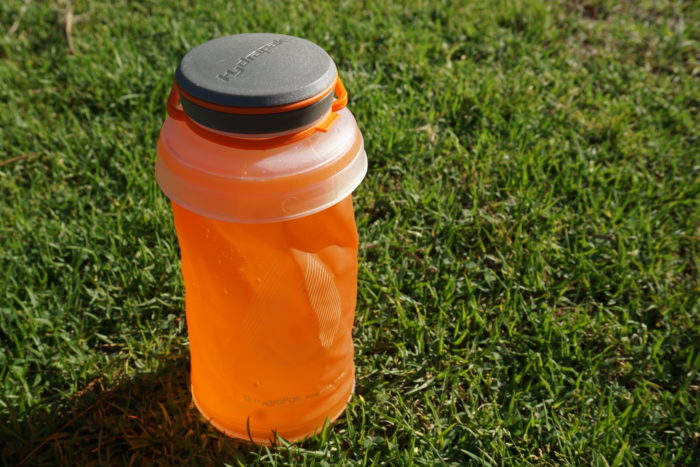Concerned about the environment? Worried about climate change? Trying to reduce your carbon footprint? Or just want to save some cash?
Ditch single-use water bottles.
Sure, they’re recyclable, but the environmental cost of petroleum-dependent manufacturing far outweighs the convenience. And contrary to popular belief, bottled water isn’t made from some dreamy concoction of pristine H2O and angel tears – in fact, both Dasani and Aquafina admitted back in 2007 that their bottled water products are really just “purified” tap water. The heartbreaking, horrendous situation in Flint, Michigan aside, municipal tap water in the United States is rigorously monitored to meet certain standards (for one example, check out L.A.’s Drinking Water Quality Report here), and if you’re still concerned, there are a multitude of different filters you can deploy to put the wet stuff through the ringer.
Truly, the only difficult decision here is which reusable drinking vessel to adopt. The leaky, BPA-laden models of yesteryear have been replaced with a dizzying array of choices, from the classic Nalgene bottle to others that fold, filter, and keep things frío. Here’s a quick rundown to help you stay hydrated in (eco- and wallet-friendly) style:

Classic Bottle (Nalgene)
Even though you’ll find plenty of other options on the market, if you want a classic look and an indestructible exterior, you can’t beat the timeless Nalgene. I’ve amassed a small army over the years, small and large, in various color schemes, and they (quite literally) serve me well both on trail and at home. Next-level your rig by scoring a neoprene sleeve that provides just enough insulation to let it serve as a makeshift hot water bottle during winter camping trips – boil water, pour it inside the pre-snuggied bottle, then slide it under your jacket or cozy it to your chest. Bonus: Nalgene bottles also make excellent displays for your sticker collection or home to several laps of duct tape.
Insulated (Stanley, HydroFlask, XtremeCanteen)
By nature, these are the heaviest of the bunch, the price paid for stainless steel temperature control. However, as someone who’s carted around a monstrous XtremeCanteen on several summertime backpacking trips in the desert (what can I say – I’m a masochist), I can confirm that there’s nothing more beautiful in the world than the feeling of cold water hitting your sunbaked lips. The trick is to pack them with ice, then pour cold water (or other fine liquids) inside; the vacuum insulated magic will preserve the chill. Conversely, you can pour in coffee, tea, or soup in the morning, then enjoy it throughout the day – or possibly even the next.
 Filtering (LifeStraw Go)
Filtering (LifeStraw Go)
While it’s possible to attach some filters in-line to your hydration reservoir hose, many have to be used separate from your rig. However, the makers of LifeStraw (a portable, versatile filter first designed to help eradicate Guinea worm water contamination in Africa) created the Go – a two birds, one stone water and filter combo. The filter has a 100-liter lifetime, and its components are replaceable – a smart design halts water flow when the filter is no longer effective. The ease of use can’t be overstated enough – fill the bottle, drink from the bottle.
 Collapsable (HydraPak Stash)
Collapsable (HydraPak Stash)
While I’m practically married to my Nalgene collection, they’re definitely bulky and not suitable for trips where backpack or luggage space is at a premium. Enter HydraPak’s popular Stash, a collapsible 1-liter bottle. I will admit to thinking these were a bit weird the first time I saw them – a colorful, flexible sleeve with a rigid bottom and cap – and wondered if they’d be difficult to drink out of. While it did take a few goes to get used to the soft sides in contrast to my typical bottles, it’s now second nature to take a swig. While you can’t slather it with stickers, the Stash is a lot more portable, and half the weight of a Nalgene – although it’s not dishwasher safe, and you can’t pour boiling water inside.
 Pouch (Vapur, Platypus)
Pouch (Vapur, Platypus)
In my mind, the humble pouch is one of the important pieces in my water-carrying quiver, considering it takes up almost no space when empty, but depending on the size, can hold a large amount when full. I use 2-liter Platypus bags for storing water on backpacking trips, a 1-liter Platypus for toting wine, an even smaller Vapur flask for trips that require whiskey, and a 1-liter Vapur Element as my go-to travel bottle. The latter has been vastly improved over the years, with a wider mouth for easier filling, and a more ergonomic flip-top; a dreamy “DrinkLink” version shoots its usability into the stratosphere by including a system for adding a hose and converting it into a reservoir.
Hydration Reservoir (CamelBak, HydraPak, Vapur, Osprey)
Speaking of reservoirs, the CamelBak origin story begins in 1989, when cyclist Michael Eidson carried a tube sock stuffed with a water-filled IV during a race. Luckily, they improved the product, introducing hydration reservoirs that made it a lot easier for we hikerfolk to stave off dehydration while on the move. Since then, others have entered the game – Osprey, Hydrapak, and Vapur all carry models – and more competition means continued tweaks to maximize flow, minimize leaks, lighten the load, and make them easier to clean.
Tags: camelbak, HydraPak, HydroFlask, Klean Kanteen, Lifestraw, Nalgene, platypus, Vapur, water, water bottle, XtremeCanteen
